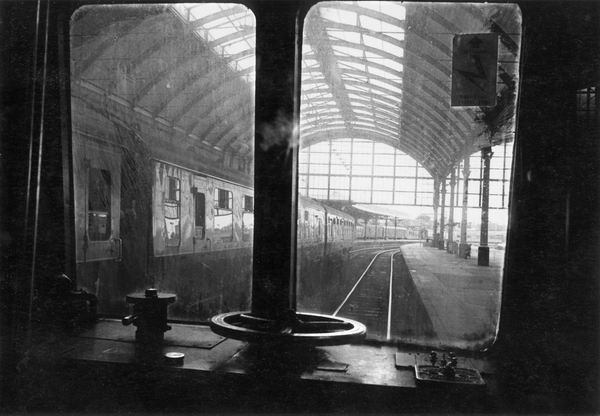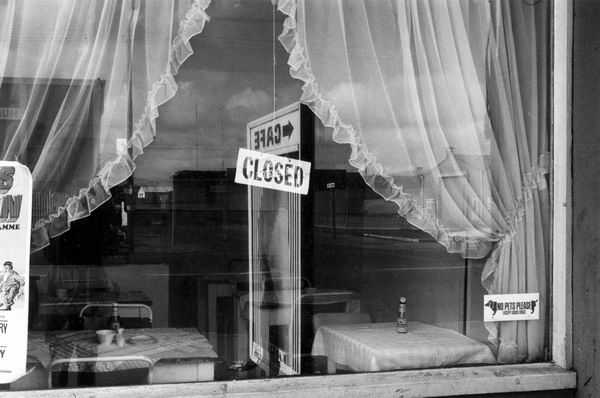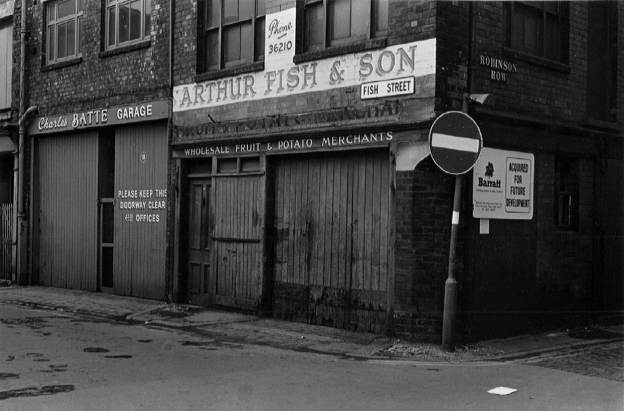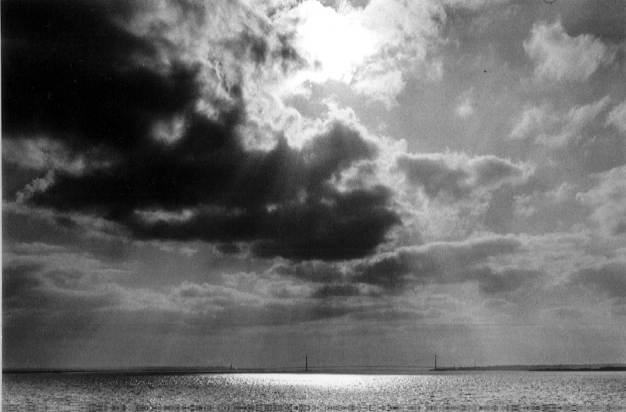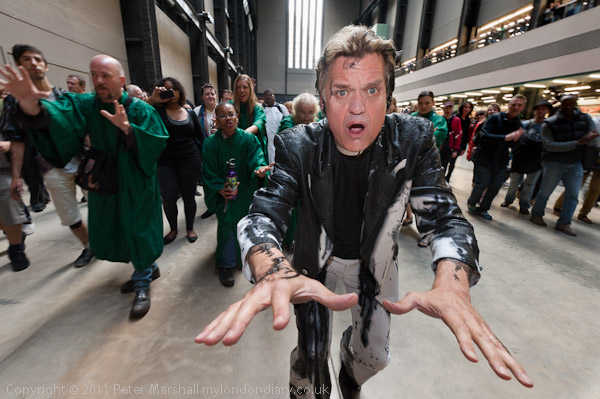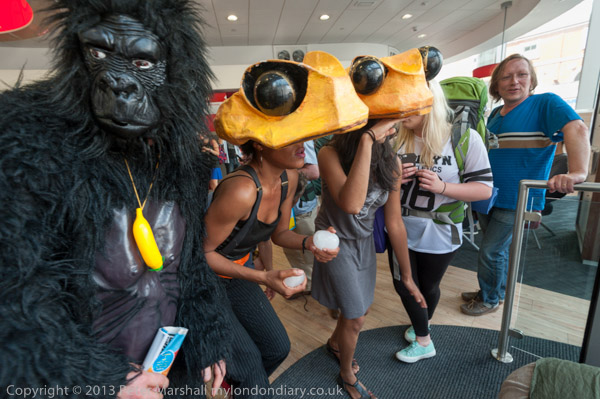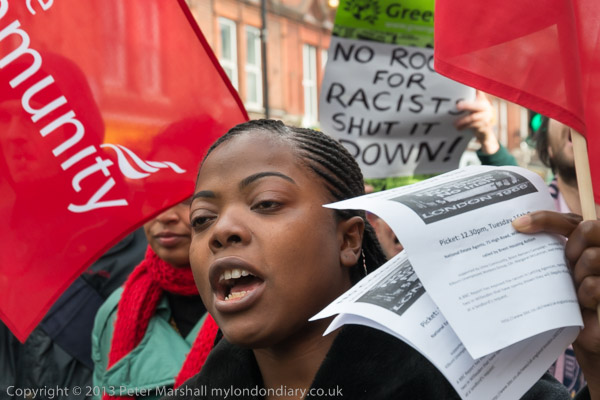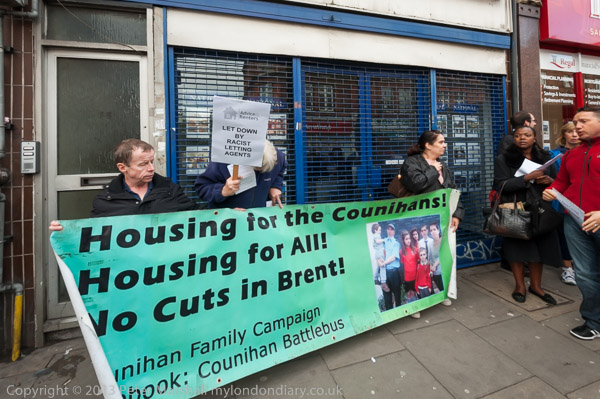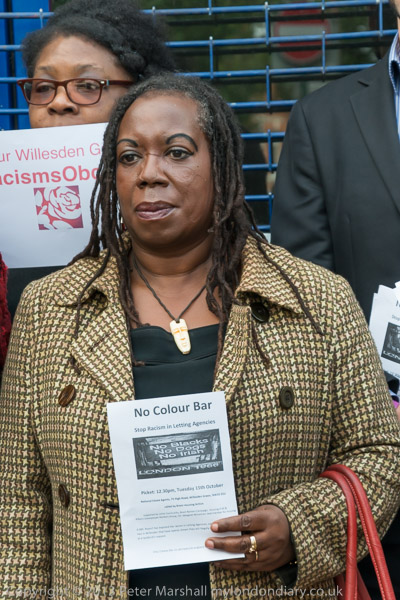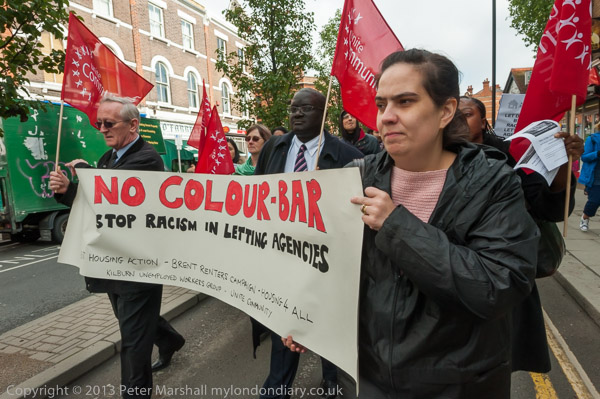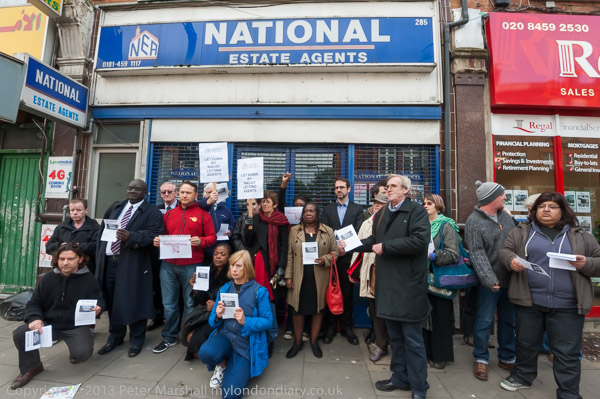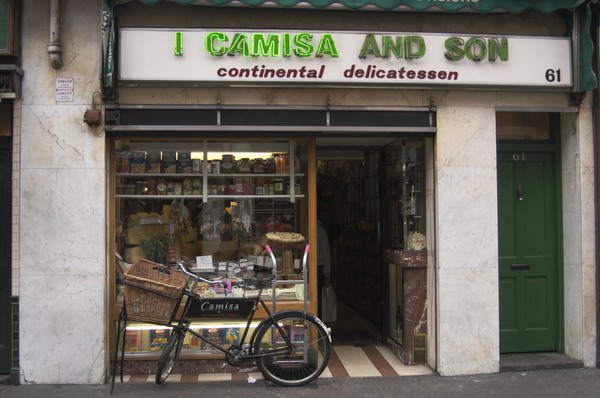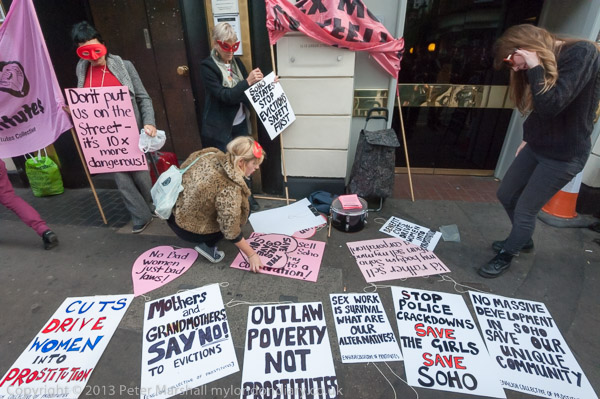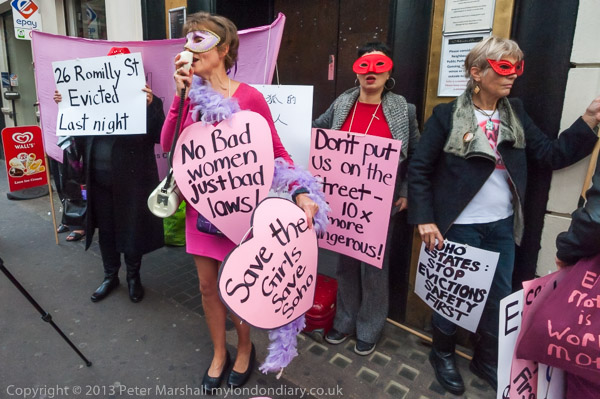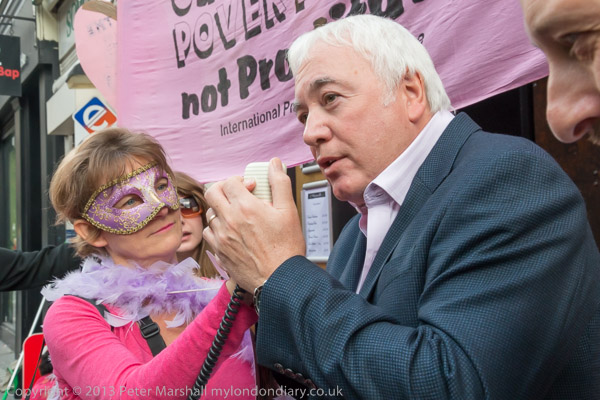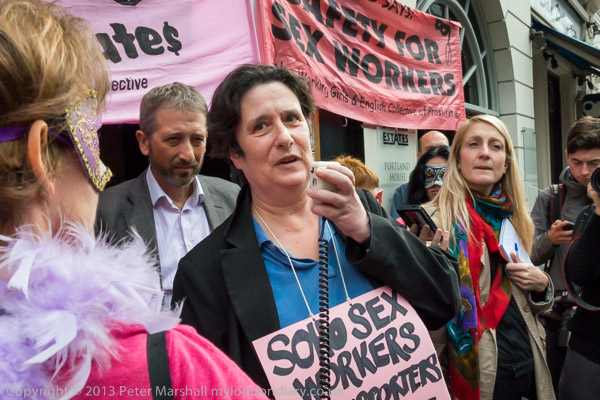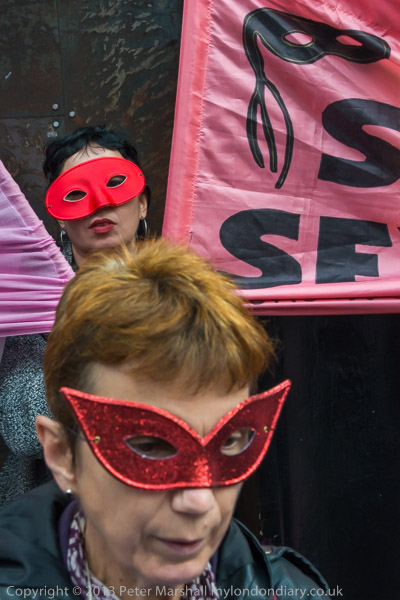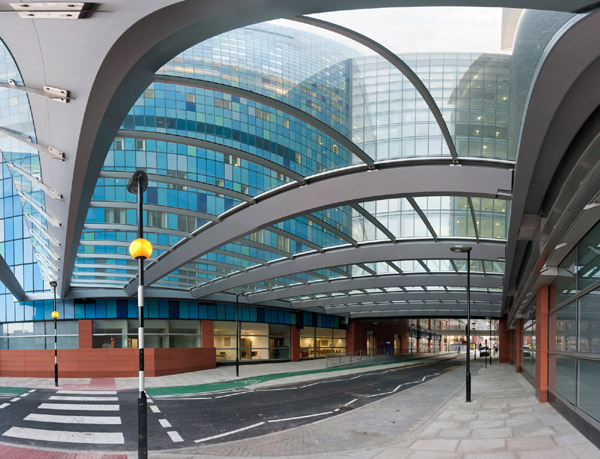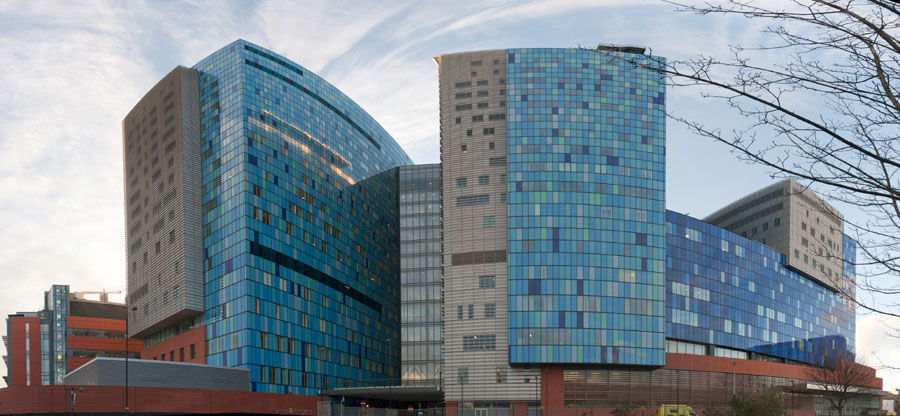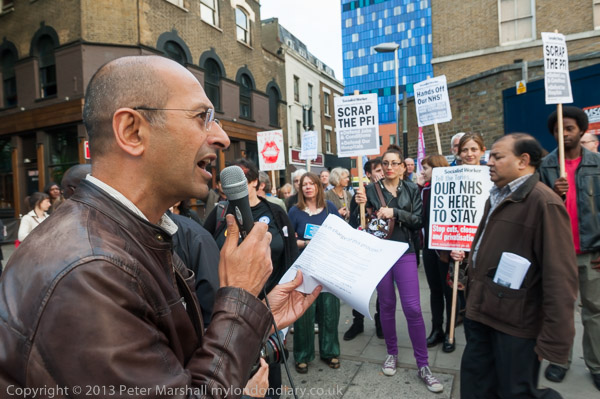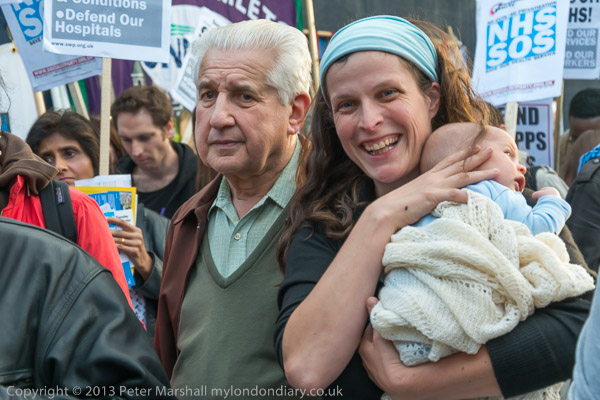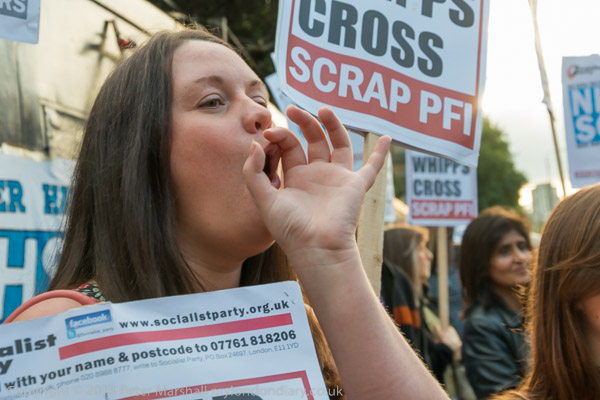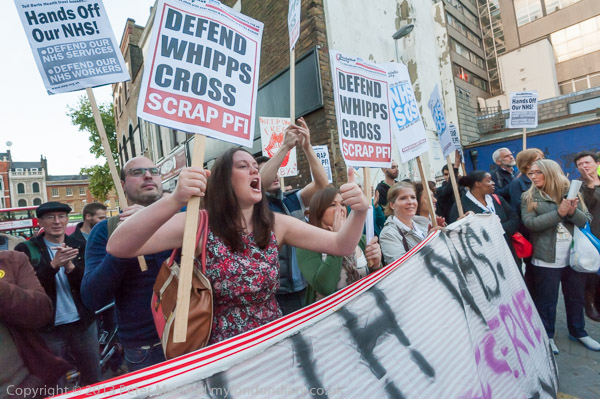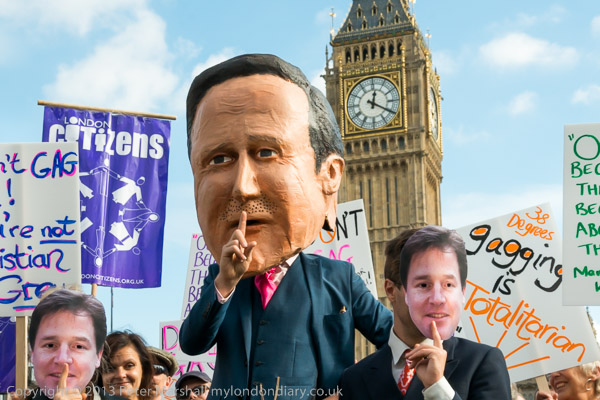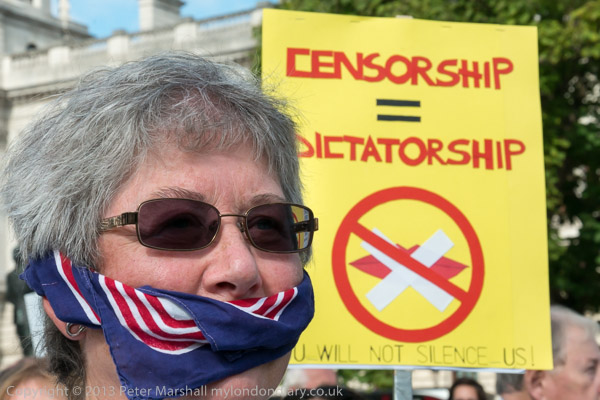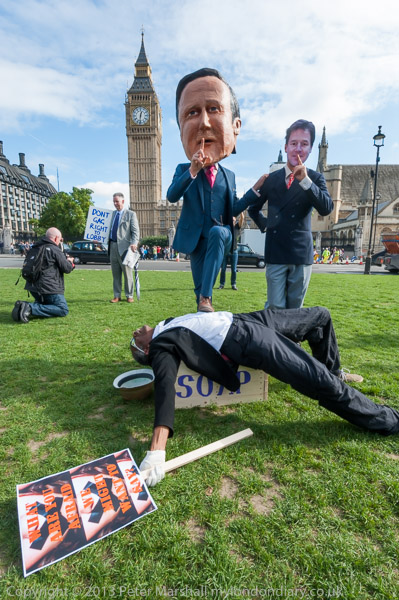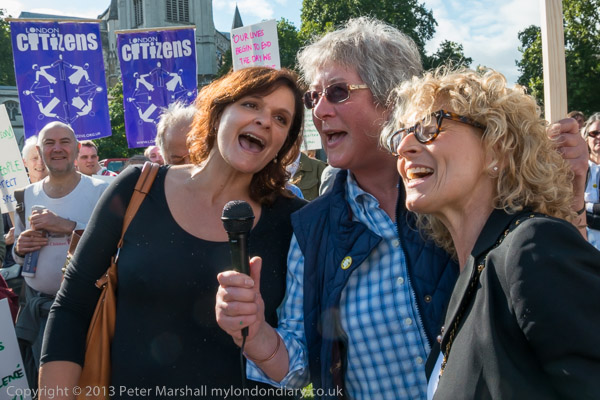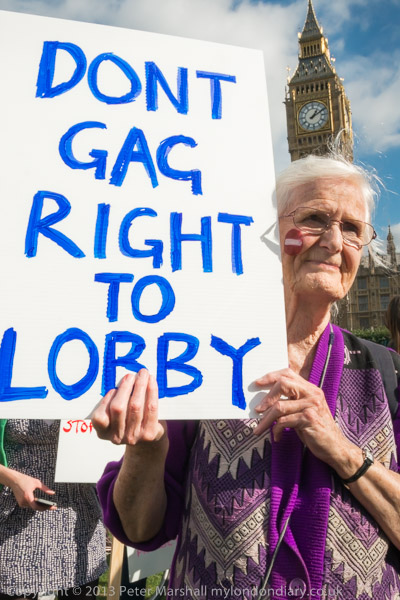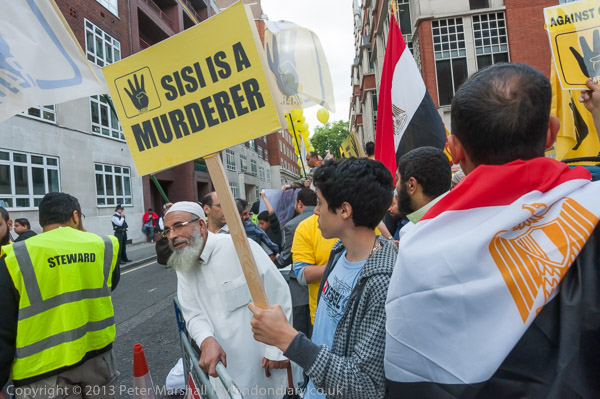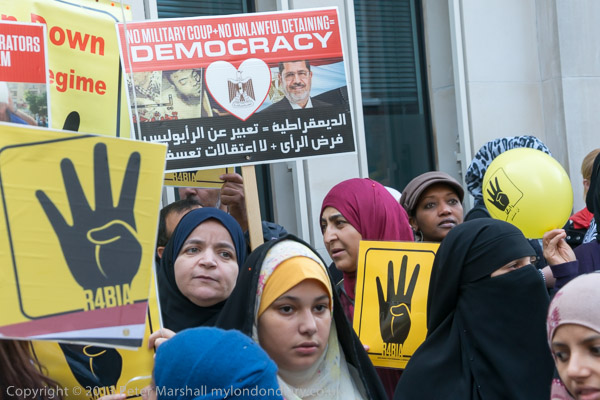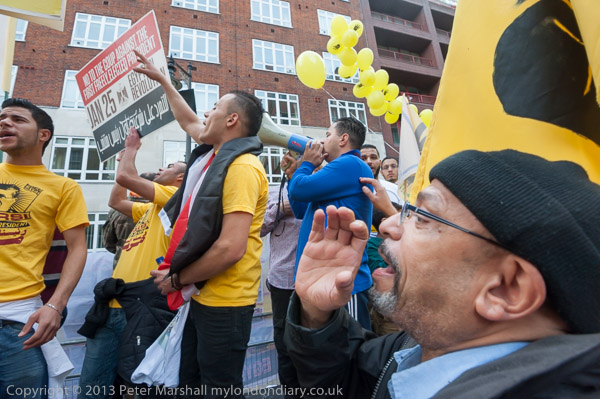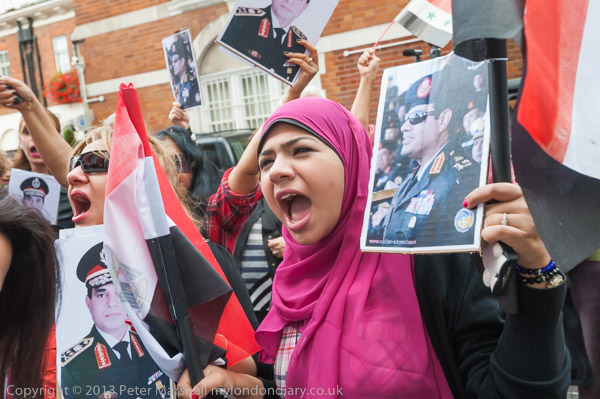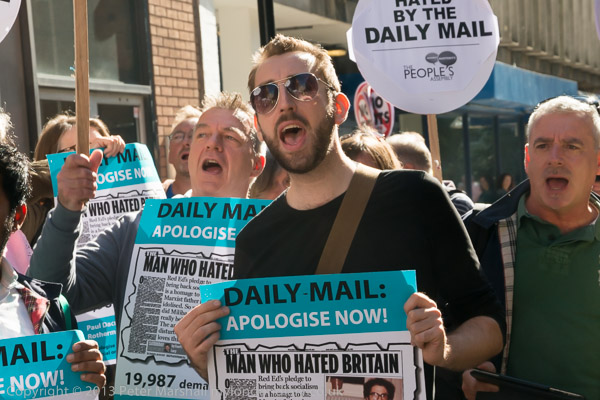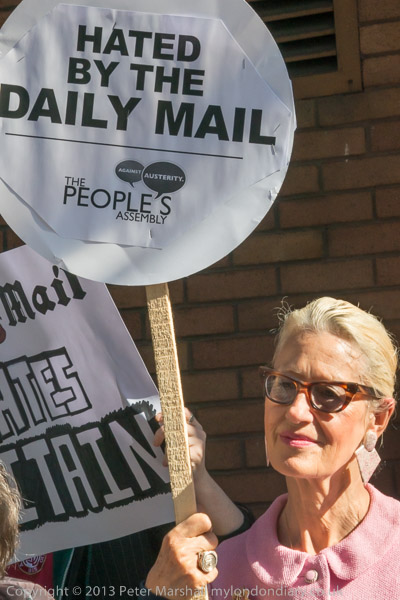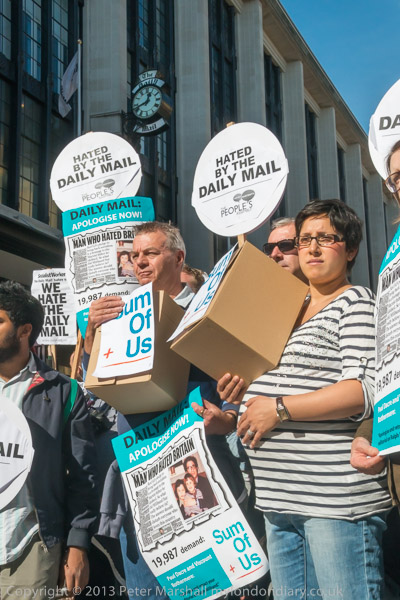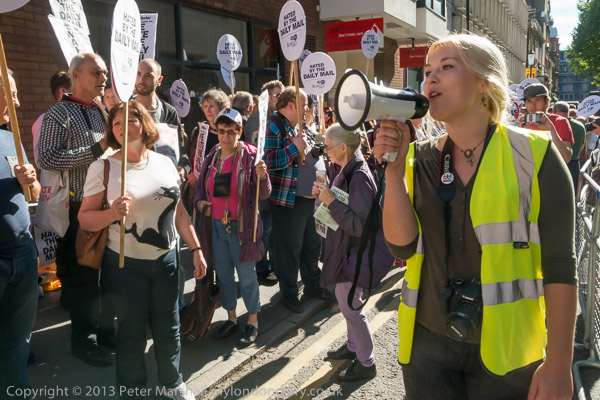Last week the New York Times Lens Blog published a post A Civil Rights Photographer, and a Struggle, Are Remembered about the work by Jon Lewis with Cesar Chavez and his Farmworker movement in California in the mid 1960s. The text is by writer, professor and curator, Maurice Berger, who has also contributed a number of other posts related the the US Civil Rights movement.
The post comes as the book ‘Jon Lewis: Photographs of the California Grape Strike‘ by Richard Steven Street (ISBN 978-0-8032-3048-4) is published by the University of Nebraska press.
In January 1966, Lewis, a 28 year old former marine with a degree in journalism and photographer from California State University in San Jose, visited Delano in California, the centre of the grape workers strike led by César Chávez of the National Farm Workers Association (NFWA), intending to stay for a week before starting graduate school at California State University in San Francisco.
In the event he stayed for eight months, and also returned later in the summer, sleeping on the floor of the union HQ and living on the $5 a week striker’s wages. He managed to borrow $150 to set up and equip a laundry room as a darkroom with second hand equipment, photographing by day and processing at night, especially as the windowless darkroom got steamy with chemicals in the daytime during the summer, taking over 250 rolls of film. He photographed the picket lines, the confrontations, boycotts and the living conditions and in particular the historic 250 mile march of farm workers from Delano to the State Capitol in Sacramento to meet with the governor. This began with fewer than 75 marchers and a police attempt to stop it, but by the time it reached the capital there were thousands of marchers and supporters. The march brought the farm workers’ struggle on to the national headlines and led to a successful farmworker grape boycott.
Lewis was one of a small team of freelancers who documented the strike, all of whom became dedicated to the cause, and gave much of their work to the union to use for posters and publicity without charge. Unlike the photographers from the newspapers and magazines who came for a few days, they stuck at the job, and produced almost all of the best pictures – and Lewis was probably the best among them. Taking pictures was often dangerous, with police and company thugs often targeting them, but working from the inside they had the opportunity to create a unique record.
Lewis also recognised the input of Jim Holland, the man who made the circular red and black picket signs, as he wrote: ‘As props and framing devices they turned many an ordinary photograph into a stronger image.’ Many of us who photographed the ‘Stop the War’ protests in the UK have a similar reason to be grateful to David Gentleman.
As a part of the campaign, a secret ballot administered by the American Arbitration Association was held among the workers for the major corporation opposed to an agreement with the workers, giving them the choice of the newly united union led by Chavez, the United Farm Workers Organizing Committee AFL-CIO (UFWOC), the Teamsters Union or no union at all. This was won by the UFWOC, with only 12 of the 873 workers voting for no union representation, contradicting the employers claim that the workers did not want a union.
You can read more about the strike and see more of Lewis’s pictures in the Jon Lewis Photo Exhibit “1966: Cesar Chavez and his NFWA” by LeRoy Chatfield, part of a site which is a literary memorial to Don Edwards who was also active in the 1960s civil rights movement.
After taking these pictures and returning to college on the GI Bill, Lewis failed to get employment as a college teacher of photography and graphics and found work for 38 years in the printing industry. After retirement he had time to print some of those old negatives again and he gave many of the pictures to Chatfield (another who worked with the Farmworkers) to use on an extensive archive documenting the Farmworker Movement.
Lewis died in December 2009 and a year later, Chatfield, published his portrait and eight of his photographs in a tribute in his journal Syndic.
On the Farmworker site there is a statement by Lewis about his work (and an oral history interview), which ends with the sentence: It was a great privilege to have been able to photograph strong men and women standing. I’m proud to have stood with them.
